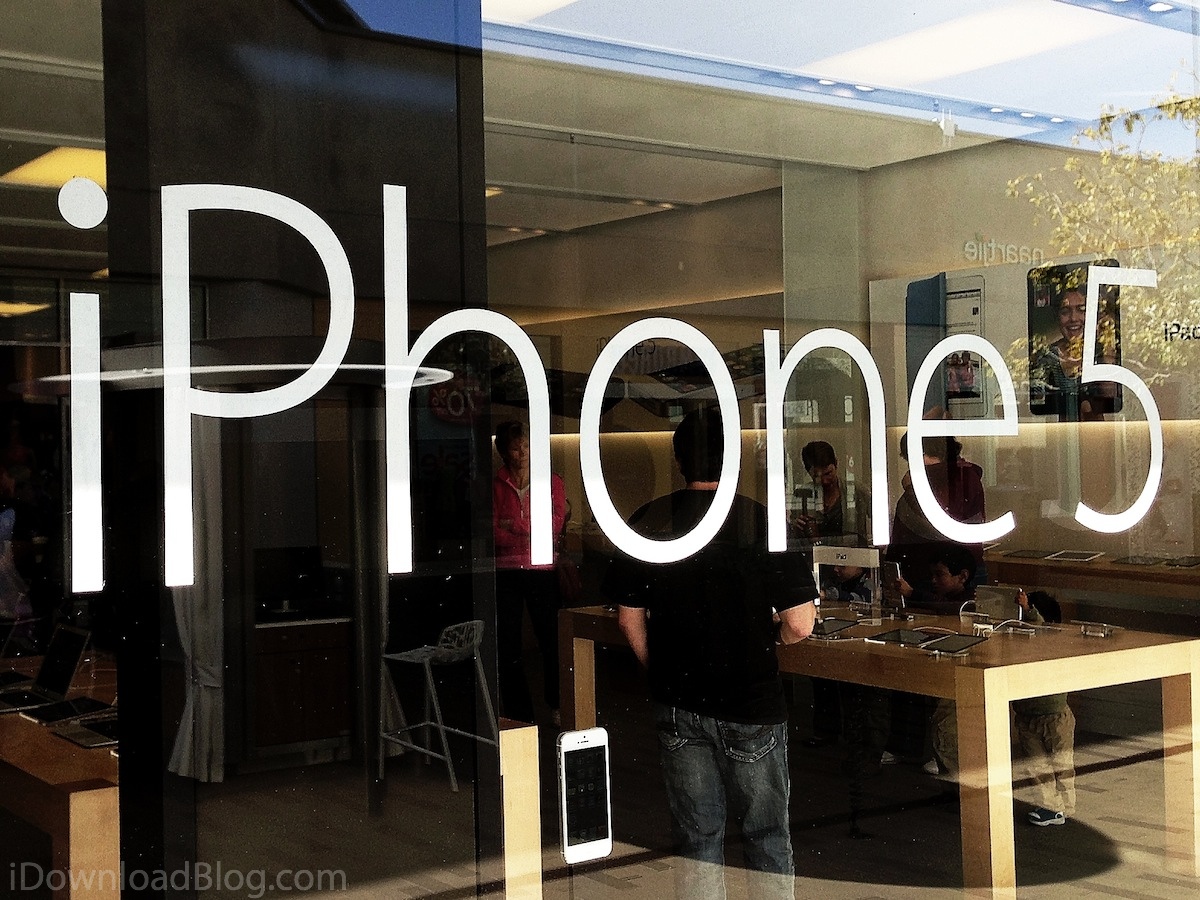After The Wall Street Journal relayed the vague and anonymously-sourced Nikkei newswire report on the supposed iPhone 5 order cuts amid what the Journal interpreted as a “weaker than expected” demand for the handset, nervous investors have immediately hit the panic button and punished the stock. Sane analysts, however, now are putting down the flames of the rumor, warning that the iPhone 5 demand remains robust as those order cuts aren’t nearly as severed as originally reported…
Per Sterne Agee analyst Shaw Wu (via AppleInsider) believes that the reduced orders for iPhone 5 components “are a result of improved yields, which has required Apple to place fewer orders for components” and he said “supplier shift changes made by Apple have contributed to the cuts”.
As far as we can tell, iPhone 5 demand remains robust.
BusinessInsider lays it out in layman’s terms:
So it sounds like Apple put in a gigantic order for iPhone screens assuming they would be hard to make. When they weren’t that hard to make, Apple cut back on the order. It also may be shifting its suppliers and thus one supplier may be getting cut and blabbing to the press.
Despite this, Apple shares are down another 1.2 percent to $495.73 in Tuesday morning’s session.
Even more specific was NPD DisplaySearch analyst Paul Semenza who in an interview with The New York Times cited his own checks confirming that yes, Apple did cut iPhone 5 display orders but not in half. Instead, the company Apple reduced orders for the iPhone 5 displays for January from 19 million units to between 11 million and 14 million units.
Paul Semenza, an analyst at NPD DisplaySearch, a research firm that follows the display market, said that for January, Apple had expected to order 19 million displays for the iPhone 5 but cut the order to 11 million to 14 million. Mr. Semenza said these numbers came from sources in the supply chain, the companies that make components for Apple products.
It’s worth pointing out that The Wall Street Journal originally reported Sunday evening that Apple ordered 65 million iPhone units for the March 2012 quarter and relayed the Nikkei report from an anonymous source claiming Apple cut back on those plans by as much as 50 percent.
However, just a few hours later the newspaper has updated its article to remove the 65 million units number. If the 65 million number is not right, BGR asks whether or not this means that the estimate for halving March orders wasn’t correct in the first place.
Basically, ardent analysts overshot with their predictions for how many iPhones Apple will sell in the first quarter of this year. “Everybody got a little too aggressive and optimistic”, analyst Laurence Balter told the Times.
NPD’s Semenza acknowledges that some trimming of orders took place, but contributes it to either excess inventory or the fact that consumer demand for the iPhone 5 “just was not as strong as Apple had predicted”.
Mark Moskowitz of J.P. Morgan (via AppleInsider) also dismissed order cuts as “not news”, characterizing the report as “more noise” that will fuel an investor overreaction. Because of all this, some pundits are smelling stock manipulation here.
Be that as it may, Apple is thought to have started trial production of the iPhone 5S in December as it appears to be moving to a bi-annual refresh cycle. The handset is expected to debut in late Q1 or early Q2 with new touch-on-display technology, so this could also explain why Apple has reduced orders for the current-generation iPhone 5 screens.
Apple has not responded to these reports because the company is in the ‘quiet period’ so under SEC rules it isn’t allowed to comment publicly on the matter.

